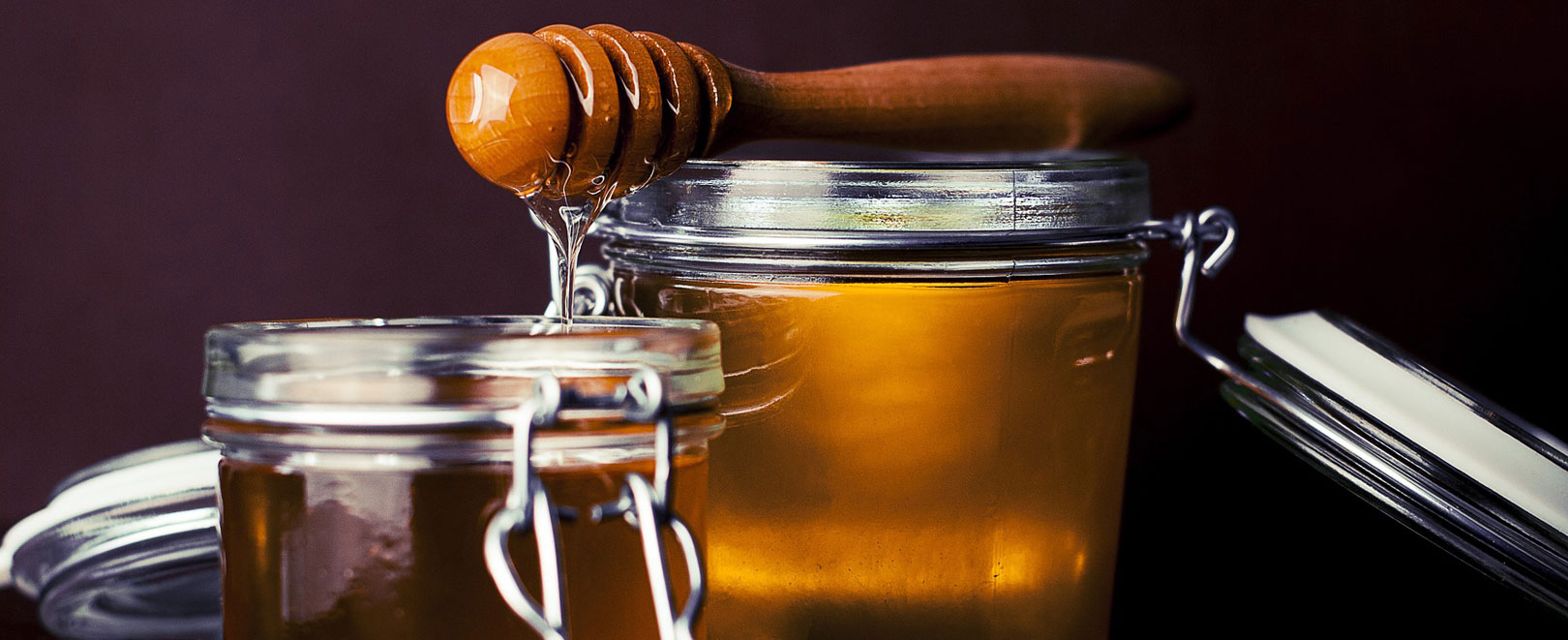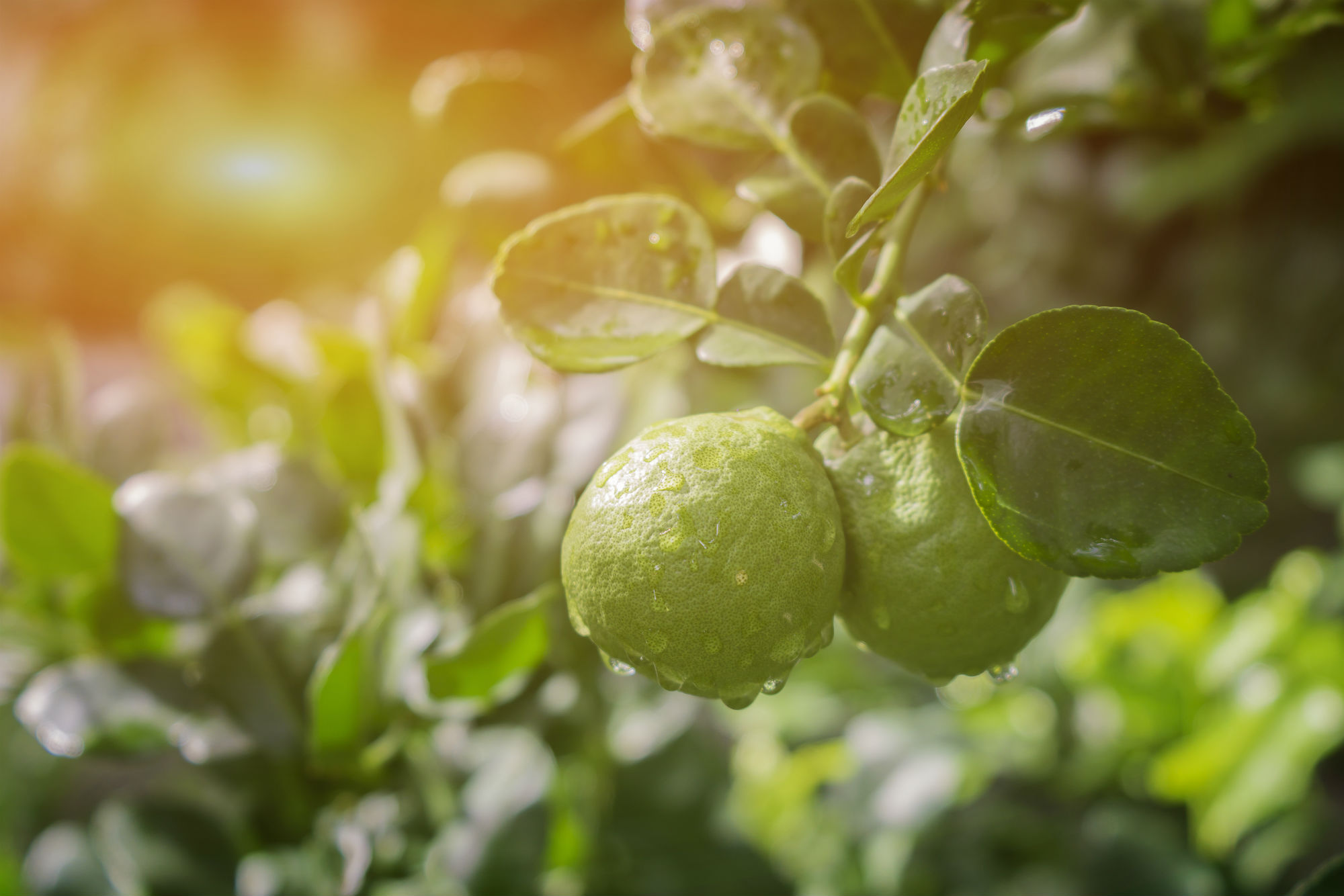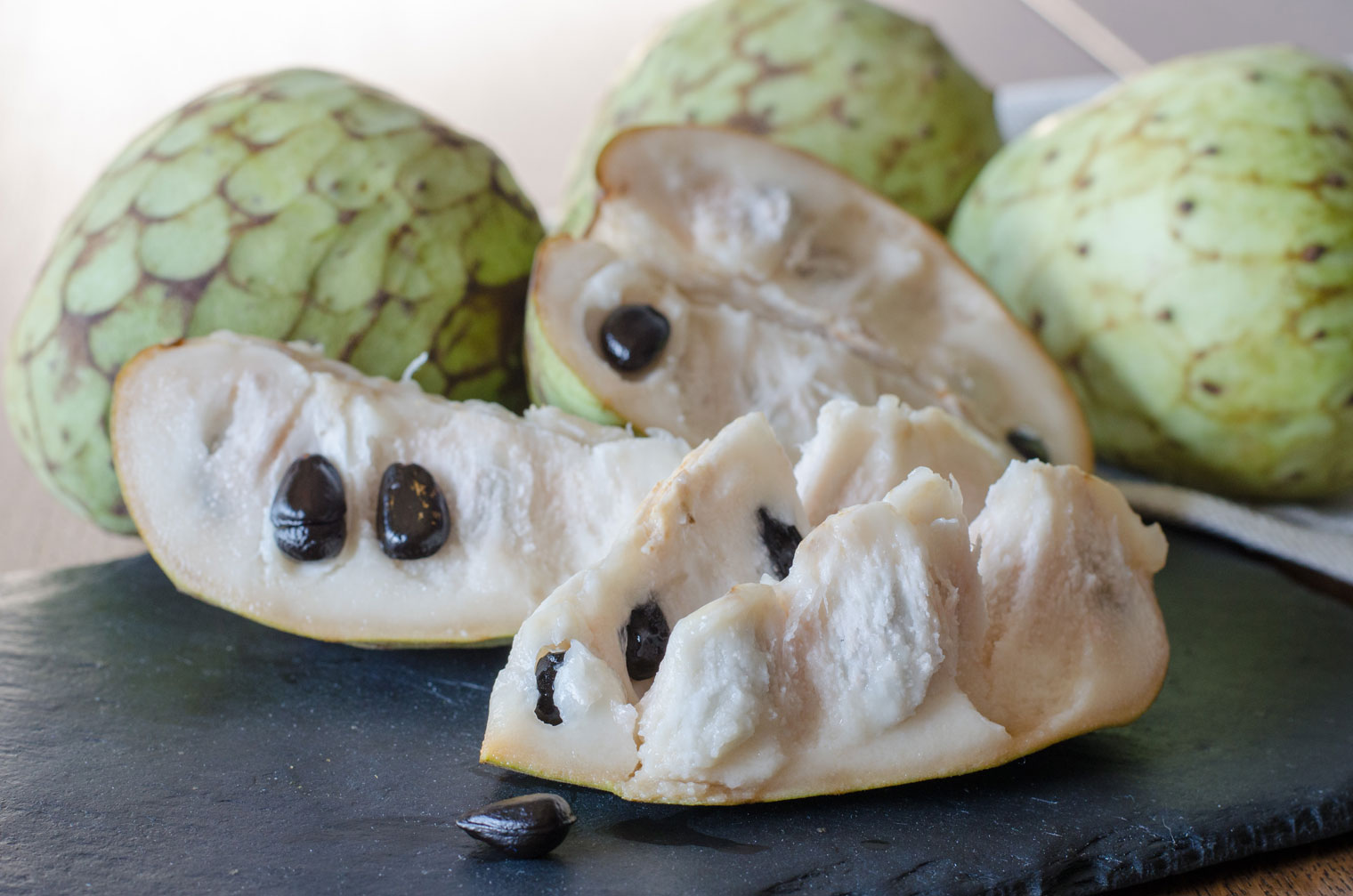Calabria has a long history in the world of beekeeping, without a doubt due to the uncontaminated environment in which bees can find varied and rich vegetation. Not surprisingly, the Italian record for honey production is entirely Calabrian.

The different varieties of honey
Depending on the plant from which the bees take the nectar, different flavours and types of honey can be produced. The most common varieties in Calabria are orange, eucalyptus, sulla, corbezzolo, clementino, chestnut, bergamot, and fir honeydew, each with different properties and characteristics. They are found above all in the regions of San Ferdinando (RC) and Amaroni (CZ) that large productions are concentrated: in San Ferdinando thanks to the cultivation of citrus fruits, and in Amaroni because of the presence of centuries-old chestnut trees. The production of honey is protected by the Bee cultivators of Calabria Consortium and the “Amaroni Miele Italiani” Association (“Amaroni Italian Honey” Association), which ensures the quality and value of the product.
DID YOU KNOW THAT …?
Honey is the oldest known sweetener. The ancient Greeks considered it a true nectar of the Gods and could never do without it during the rituals that included votive offerings, Pythagoras advised taking it as an elixir that ensured a long life, and Homer wrote poetry about it in his collection.
Honey made in the Calabrian tradition
Originally, honey was known from a medicinal and therapeutic point of view, especially for treating bronchial problems. The distinction in monoflora honey (produced using only one type of flower) took place in more recent times to better distinguish the organoleptic properties; in ancient times, the only distinction was between clear honey (millefiori, citrus), and dark honey (eucalyptus, chestnut, honeydew). The hives, nowadays real tools to maximize the production of honey, were derived in the past from tree trunks or were made with interwoven wicker bands, as Columella (4-70 AD) reports in his “De re Rustica.” The honey was extracted from the pitta, otherwise known as the honeycomb, by hand pressing.



